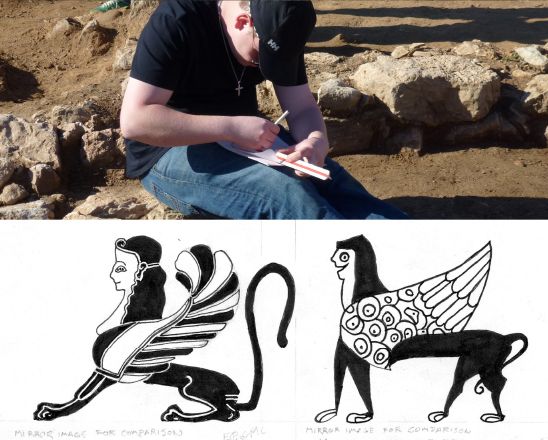
Archaeological Drawing
Archaeological Drawing is especially recommended for students who will pursue a career in archaeology or anthropology.
This course develops basic techniques in the drawing of pottery and other archaeological small finds, such as figurines, metal, stone, and bone. Half the course is spent on pottery, partly because this is the skill usually required of the illustrator by excavation directors and partly because the drawing of pots and sherds involves a number of different techniques, which are also applicable to the illustration of small finds.
The course is taught in 2 ½ hour sessions in an informal atmosphere with tea being made and students bringing refreshments.
The course is important as students need the fundamentals of how to see objects which they learn in drawing them. They can then apply and expand on these fundamentals when working with newer recording technologies such as digital recording, and 3-D scanning and imaging. Indeed, to make the imagery work the student needs to know how to see an object, which they learn from drawing.
The skills acquired have enabled students to work on excavations in Egypt, and at Troy, Gordion, an in the Athenian Agora, to name a few. It has also been possible for students to be paid a wage as an illustrator on excavations, which helps to finance their studies.
Enrolment limited to eight students to allow for intensive one-on-one instruction within the class.



